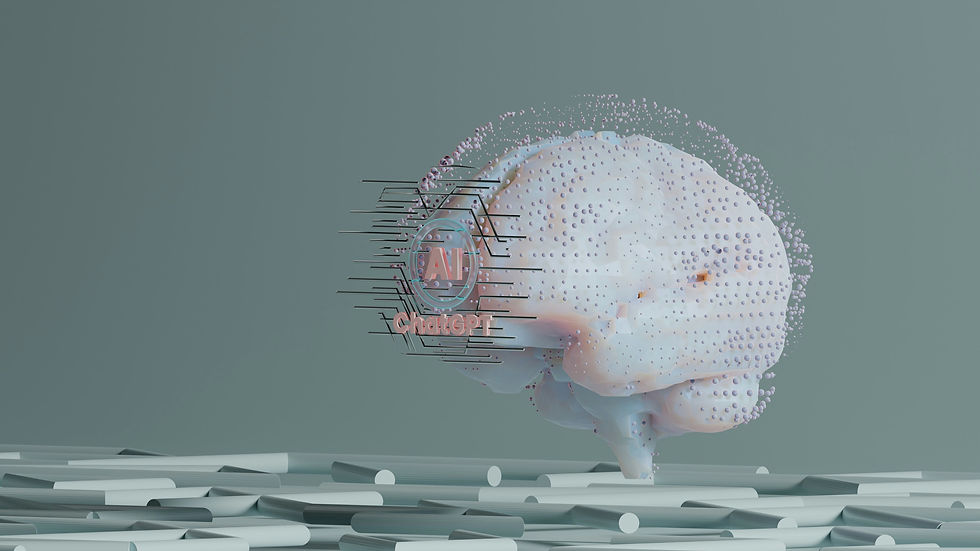Evolution of A.I.
- Devignly Company
- Oct 22
- 2 min read

Artificial Intelligence (AI) has evolved drastically very recently, changing the way we work, learn, and even think as a society. What may have seemed like a far-fetched concept to some of us, has not only become reality, it has become a prominent factor of the future of humanity. Yet, this technology didn’t just appear overnight. So, in this brief article we will explore the history of AI and how it came to play such a vital role in our lives now.
1950s: Just The Beginning
The roots of AI originate from a British Mathematician named Alan Turing. In 1950, he asked the question, “can machines think?”. This set the foundation for the development of AI even before computers became household items. He created the “Turing Test” which proposed a way to measure machine intelligence based on how similar the machine sounds in comparison to a human. Merely a few years later, in 1965, at the Dartmouth Conference, the term “Artificial Intelligence” was officially coined, signifying the birth of AI as a field of study.
1960s-1980s: The First AI Winter
Between the 1960s and 1970s there was a significant boom in experimentation. AI researchers started designing programs that could play chess, prove mathematical theorems, and even understand simple language. However, computers still lacked the speed and memory needed for the ultimate goal, complex reasoning, ultimately leading to the initial enthusiasm slowly dying down. This period is now referred to as the first “AI winter”, where the expectations far exceeded the reality.
1990s-2010s: The Rise of Machine Learning
As computing power increased, AI researchers shifted towards the further development of machine learning (ML). This allowed computers to learn from growing data rather than following fixed rules. Thus, engineers would train algorithms to recognize patterns to enable “autonomous” decision making. This era resulted in some major milestones in the development of AI, including IBM’s Deep Blue defeating the world chess champion Garry Kasparov in 1997. By the 2010s, due to the development of more powerful hardware and growing datasets, deep learning emerged.
Deep learning is a form of ML that is inspired by the human brain. These neural networks grew more and more capable, allowing technologies like image recognition and voice assistants like Siri and Alexa to enter daily life.
2020s and Beyond: The Modern AI Revolution
In 2012, Geoffrey Hinton, now known as the “Godfather of AI” along with his research group at the University of Toronto created a neural network that was trained on millions of images which sparked the modern deep learning revolution. This very quickly began laying the basis for popular AI systems such as ChatGPT and even self-driving cars.
Today, AI systems that were built on the foundations laid by Hinton as well as all of the other researchers, are able to write, code, draw, and converse in ways that are seemingly impossible. However, as warned by Hinton himself, we must be cautious when using these systems, as if they are used irresponsibly, they have the potential to be used to cause significant harm. At the end of the day, humanity itself will have to decide whether or not we will let the AI systems we designed take over the world.

Comments